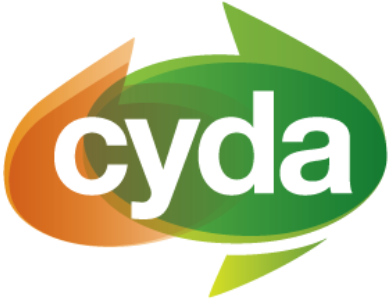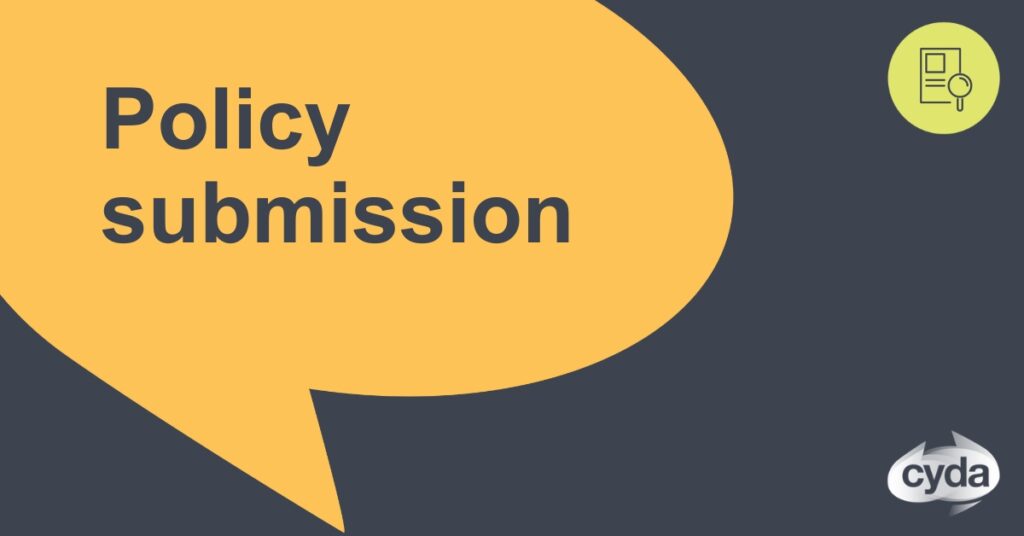
This submission provides a brief overview of the experiences of children with disability accessing police and prosecution responses and highlight relevant considerations of equal access to justice for children with disability.
Children with Disability Australia (CDA) previously provided information of relevance to this issue in a Scoping Paper provided to the Royal Commission. This submission will draw on information provided in the Scoping Paper as well as a submission provided by CDA to the Australian Human Rights Commission addressing access to justice in the criminal justice system for people with disability.


